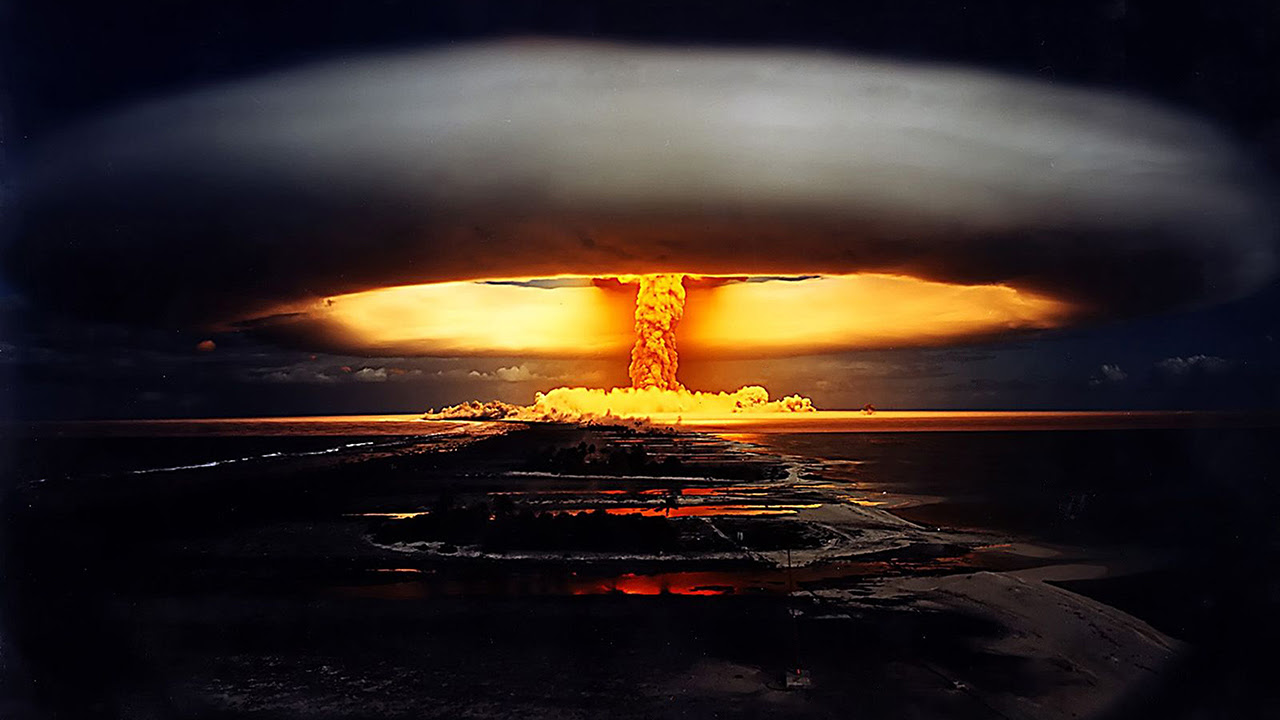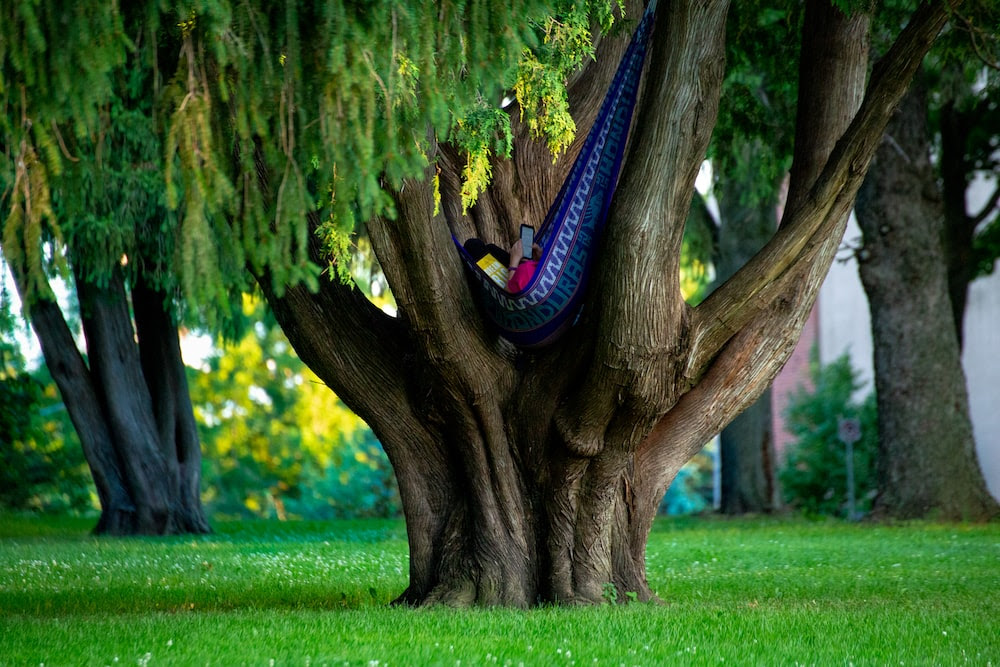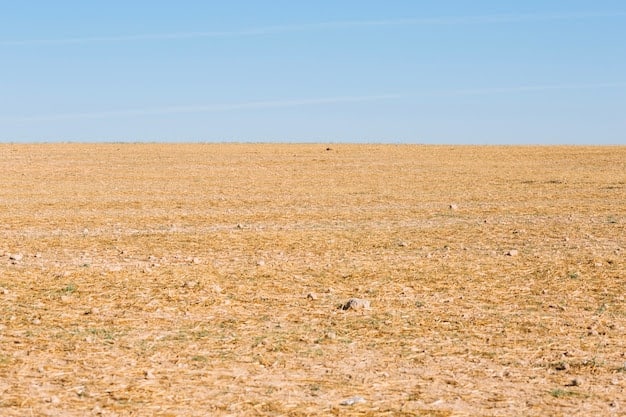
A study published on July 23, 2019, in the Journal of Geophysical Research: Atmospheres presents the effects of a nuclear war on global climate. These results confirm and complement those of previous studies concerning this phenomenon known as nuclear winter, which would extend over decades.
Based on simulations first carried out in the 1980s, scientists are certain that a large-scale nuclear conflict would affect the climate of the entire planet. In addition to the impacts directly linked to the conflict, non-belligerent countries would also be affected by collateral effects such as famine and disease.
In this latest simulation, carried out in 2019, the scientists have chosen a so-called pessimistic scenario in which the USA and Russia use their entire available arsenal. Until then, only one similar numerical simulation had been developed, dating back to 2007, and the new, more sophisticated model sought to validate and refine the initial results obtained. The conflict, which arbitrarily begins on May 15, releases 150 teragrams of black carbon into the upper atmosphere.
This immense quantity of aerosols is due to the rise in smoke plumes caused by fires in forests and urban centers following the bombardments, all of which are localized in the two belligerent countries. The smoke particles reached the stratosphere, and over a period of ten days or so, under the effect of the winds, a veil gradually covered the entire planet, the carbon aerosols absorbing part of the sun’s energy and causing a sharp drop in the radiation reaching the ground.

During the first six months following the conflict, the Sun only shines at levels equivalent to 30 to 40% of its normal capacity, and it takes an estimated 10 years for the dust to evacuate from the stratosphere before the radiation returns to normal. The average global temperature falls by almost 10˚C a year after the end of the conflict, and the situation is particularly critical over the Northern Hemisphere, with average temperatures 20 to 30˚C lower than normal.
In the 2 to 3 years following the conflict, daytime temperatures in most temperate latitudes very rarely exceeded 0˚C, and would rise rather slowly due to the inertia of the ocean and frozen surfaces, which would have had time to advance in the interim. It would therefore take more than 10 years to return to levels equivalent to the initial pre-conflict temperatures.
Once the veil has dissipated, the climate system will stabilize at a global temperature level of 0.5 to 1˚C below-observed normals. The situation is reversed at the stratospheric level, as aerosols absorb the Sun’s energy, raising temperatures 100˚C above normal, and causing a devastating effect on the ozone layer, which no longer blocks UV rays, the latter reaching the ground above the risk threshold. The conflict is also having an effect on precipitation, which is falling by 30 to 40%, and by as much as 60% in the third year after the conflict. The situation has evolved in such a way that the areas becoming wettest are the deserts.
These results confirm those obtained in 2007, notably widespread cooling and drying, and a drop in luminosity. These effects will also affect harvests and lead to global famine, while new pathologies are also to be expected, fostering the emergence of new conflicts. The authors conclude their study by pointing out that a large-scale nuclear attack would be suicidal for the country that decides to carry it out. To completely eliminate the risk of environmental catastrophe resulting from a large-scale nuclear war, decision-makers must have a full understanding of the climatic consequences




